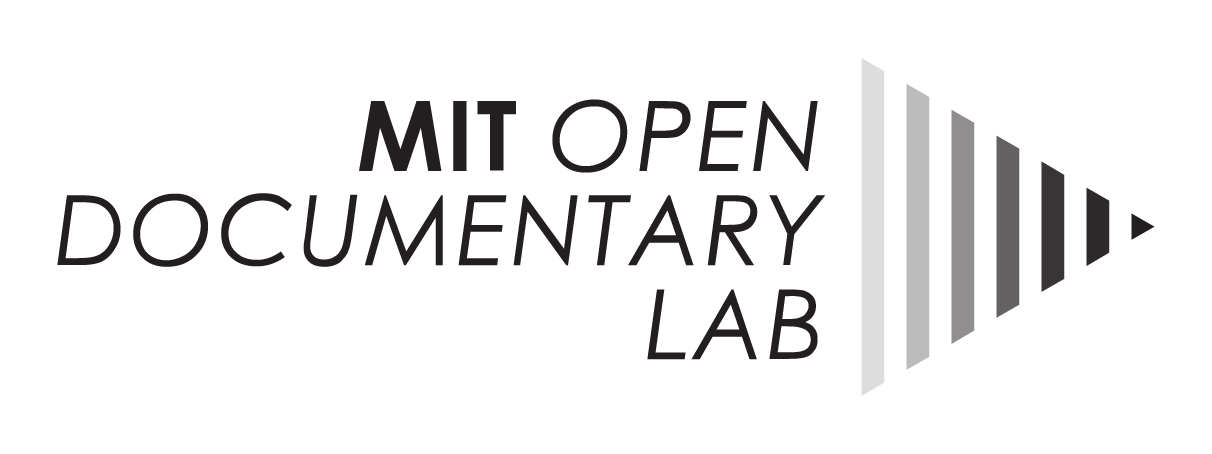
31 Oct An interactive documentary channel?
Last Friday, Google and YouTube announced plans to launch at least 100 online television channels by early 2012. According to the New York Times, it’s a risk to the tune of $100 million.
The investments in the channels reflect Google’s belief that the Internet is the third phase of the television business, after network TV (with a few channels) and cable TV (with hundreds).
What do Google’s plans mean for online content distribution, specifically for emerging forms of documentary? We’ve come a long way from the time when network television was a major funding source for documentaries. Today, outside of PBS and niche networks, documentary distribution on television is limited. Reality TV defines mainstream non-fiction programming.
YouTube’s announcement opens up exciting possibilities for documentaries. According to the Wall Street Journal, the YouTube channels will generate approximately 25 new hours of content per day. Mario Quiernoz, head of Google TV, anticipates further growth.
We’re not going from three to 300 channels but to millions of channels. The Web is essentially infinite content.
Today, filmmakers who distribute content online are proving that they don’t need institutions or gatekeepers to show their work. However, online “channels” could provide a possible source for funding for documentaries, as well as an avenue for reaching an audience. The benefits could be reciprocal. Most online television viewing doesn’t take advantage of possibilities for in-the-moment user interaction. Interactive documentary projects are on the forefront of engaging users in the viewing experience. These lessons could be broadly applied.
Will the YouTube “channels” hold audience interest? Google and YouTube execs hope the channels will keep users on the site long enough that they can increase ad revenue. Conventional wisdom holds that the average Internet user spends a relatively short time on any one site. We’re trained to leave content in mid-stream. Web browsing is traditional channel-surfing on steroids.
But, despite recent pitfalls, the success of Netflix streaming proves there’s a demand for long-form linear content online. A recent study found that Netflix accounted for 20% of bandwidth use in North America. YouTube eats up an additional 8%. But, critically, Netflix and YouTube content is on-demand. Users decide what they want when they want it.
Exactly how the new YouTube channels will function hasn’t been announced, but it is a reasonable assumption that “on demand” will be part of the equation. Television channels in the traditional model provide curated, linear content, but today’s web tends to provide buffets of programs.
Many emerging forms of documentary take the “on demand” concept beyond simply selecting which program to watch. Those who engage with these documentaries shape the narrative experience by exploring stories that interest them. The documentary reshapes itself to the user. The narrative itself is “on demand.” If the web provides an opportunity for infinite content, it also opens doors for interactive content. Today’s documentarians are already exploring ways these narratives can engage and respond to audiences.
Check out a sneak peek of YouTube’s channel offerings here. Highlights include “American Hipster,” “Modern Mom,” and “WWE Fan Nation.”
So far, there’s no interactive documentary channel, but I’ll keep my fingers crossed…



